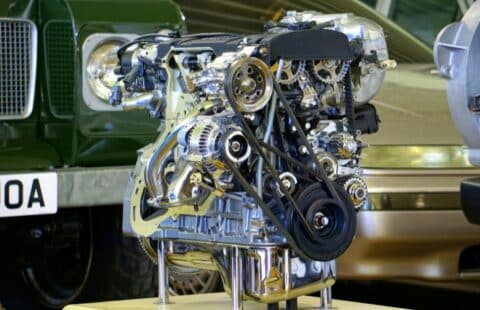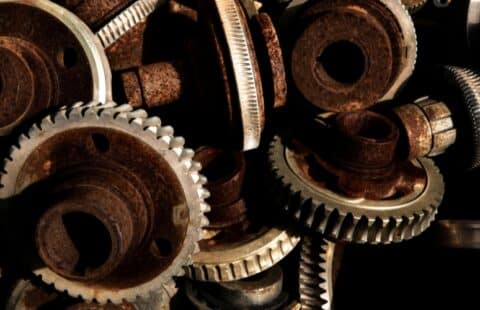
Mastering the Basics of Heat Treatment for Gears
Delving into gear manufacturing reveals a crucial step: heat treatment. This process isn’t just about making gears stronger—it’s about enhancing their performance and durability.
The experts at MayDay are here to break down the essentials of heat treatment and why it matters in gear engineering.
Why Do Gears Need Heat Treatment?
Heat treatment is the secret sauce that transforms gears from ordinary metal components into high-performance workhorses. By subjecting gears to controlled heating and cooling cycles, engineers manipulate their microstructure to achieve specific mechanical properties. These properties include hardness, toughness, and wear resistance, tailored to meet the demands of diverse industrial applications.
Are There Different Types of Heat Treatment for Gears?
There’s more than one way to heat treat a gear. Here are the primary techniques:
- Carburizing: Infuses carbon into the surface layer, boosting hardness and wear resistance.
- Quenching: Rapidly cools gears after heating to achieve the desired hardness.
- Annealing: Softens gears, relieving internal stresses and improving machinability.
- Tempering: Balances hardness and toughness by reheating quenched gears to a precise temperature.
Each method serves a unique purpose, ensuring gears are optimized for specific operational conditions and performance requirements.
What is the Process Control for Heat Treating Gears?
Temperature, time, and cooling rates are the knobs and dials of heat treatment. Precision is critical here—slight variations can significantly impact the final properties of gears. Engineers meticulously monitor these parameters to achieve consistent results batch after batch, ensuring gears meet stringent quality standards.
What Materials Are Gears Made Of?
Not all gears are created equal, and neither are their materials. Steel alloys dominate gear manufacturing due to their strength and versatility. Different alloys require tailored heat treatment approaches to maximize their potential, whether alloy steels for heavy-duty industrial applications or specialty alloys for aerospace precision; selecting the right material and treatment method is crucial for optimal gear performance.
Quality Assurance
Imagine gears that don’t live up to expectations—failures, malfunctions, downtime. Heat treatment is the frontline defense against such scenarios. It’s not just about making gears stronger; it’s about making them reliable. Rigorous quality assurance processes ensure that heat-treated gears meet durability, reliability, and safety standards. This reliability is vital in industries with mission-critical gears, such as automotive, aerospace, and heavy machinery.
Heat treatment isn’t just a technical process; it’s a cornerstone of modern gear manufacturing. Understanding its nuances—from the purpose behind each method to carefully controlling processes—empowers engineers to create gears that meet and exceed performance expectations. As industries evolve, so do the art and science of heat treatment, driving innovation and pushing the boundaries of what gears can achieve.
Explore gear engineering further with MayDay and discover optimized performance – and profit – from your machines.


